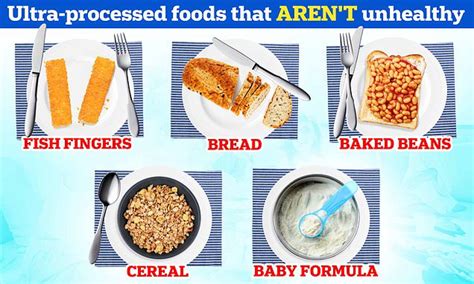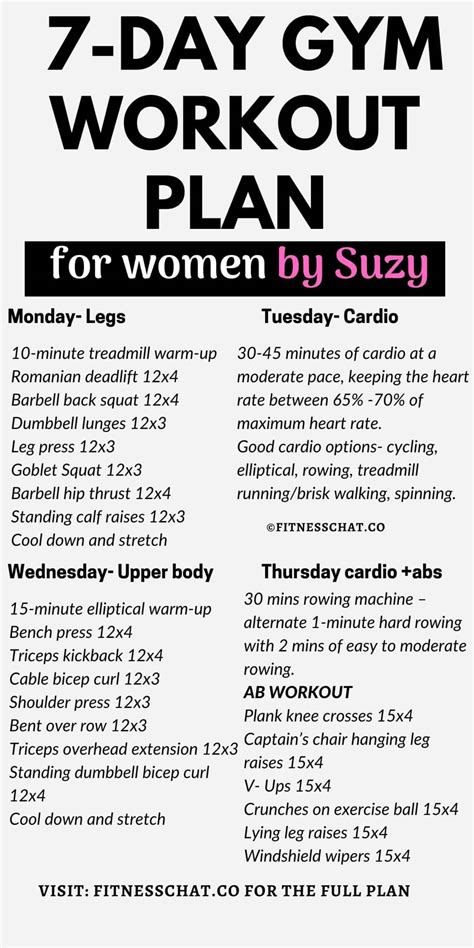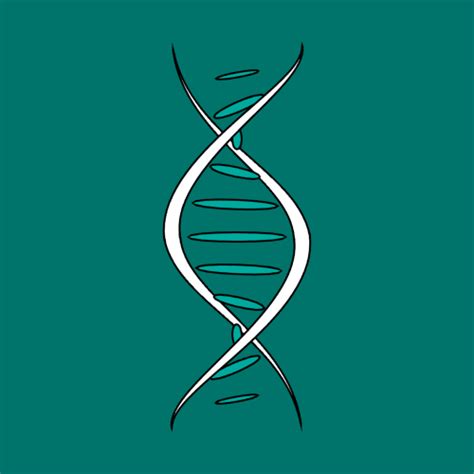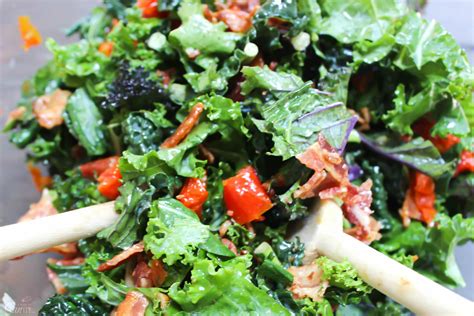Achieving the dual goal of shedding stubborn belly fat and building lean muscle can seem challenging, but it’s entirely attainable with a well-structured dietary approach. Your plate holds the power to transform your body composition, influencing everything from hormone balance to metabolic rate. This article will guide you through effective diet tips designed to help you sculpt a leaner, stronger physique.
Understanding the Dual Goal: Fat Loss & Muscle Gain
To lose fat, you generally need to be in a modest calorie deficit, meaning you consume fewer calories than your body burns. To build muscle, you need adequate protein and sufficient energy to fuel muscle repair and growth. The key lies in finding a delicate balance where you create a deficit large enough to encourage fat loss, but not so large that it compromises muscle-building processes. This is often referred to as ‘body recomposition’.
The composition of your calories – your macronutrient split (protein, carbs, fats) – becomes crucial. Prioritizing nutrient-dense foods over empty calories will ensure your body gets the vitamins, minerals, and other compounds it needs to function optimally during this transformative period.
Macronutrient Breakdown for Success
Understanding and optimizing your intake of protein, carbohydrates, and healthy fats is fundamental.
Protein: The Muscle Builder & Satiety Provider
Protein is paramount for muscle synthesis and repair. It’s also highly satiating, helping to keep hunger pangs at bay, which is critical when in a calorie deficit. Aim for 1.6-2.2 grams of protein per kilogram of body weight daily, spread throughout your meals.
Excellent sources include lean meats (chicken, turkey, beef), fish (salmon, tuna), eggs, dairy products (Greek yogurt, cottage cheese), legumes, and plant-based proteins like tofu and tempeh.

Carbohydrates: Fuel for Workouts & Recovery
Carbohydrates are your body’s primary energy source, essential for fueling intense workouts and aiding in muscle recovery. Focus on complex carbohydrates like whole grains (oats, brown rice, quinoa), sweet potatoes, fruits, and vegetables. These provide sustained energy, fiber, and vital micronutrients.
Limit refined sugars and highly processed carbs, as they offer little nutritional value and can contribute to fat storage.
Healthy Fats: Hormones & Satiety
Don’t fear fats! Healthy fats are vital for hormone production, nutrient absorption, and overall health. They also contribute to satiety, helping you feel full. Incorporate sources like avocados, nuts, seeds (chia, flax), olive oil, and fatty fish. Aim for 20-30% of your daily calories from healthy fats.
Key Dietary Strategies to Melt Belly Fat
Targeting stubborn belly fat requires a strategic approach beyond just counting calories.
Calorie Deficit (Moderate & Sustainable)
While a calorie deficit is necessary, it should be moderate (250-500 calories below maintenance) and sustainable. Drastic cuts can lead to muscle loss, nutrient deficiencies, and make adherence difficult. Use an online calculator to estimate your maintenance calories and adjust accordingly.
Prioritize Whole, Unprocessed Foods
Whole foods are naturally lower in calories, higher in nutrients, and more filling than their processed counterparts. They also often require more energy to digest, contributing to a slightly higher metabolic rate. Fill your plate with a variety of fruits, vegetables, lean proteins, and whole grains.

Increase Fiber Intake
Fiber, especially soluble fiber, has been shown to reduce belly fat. It forms a gel-like substance in your gut, slowing digestion and absorption, which promotes satiety and can reduce calorie intake. Excellent sources include oats, beans, Brussels sprouts, avocados, and flaxseeds.
Stay Hydrated
Water plays a crucial role in metabolism, nutrient transport, and satiety. Often, thirst is mistaken for hunger, leading to unnecessary snacking. Aim to drink plenty of water throughout the day, especially before meals.
Optimizing Diet for Lean Muscle Growth
While cutting fat, it’s essential to preserve and build muscle mass. Here’s how nutrition plays a role.
Consistent Protein Intake Throughout the Day
Spread your protein intake across all meals and snacks to continually provide your muscles with amino acids for repair and growth. Aim for 20-40 grams of protein per meal.
Post-Workout Nutrition
Within an hour or two after your workout, consume a meal or snack containing both protein and carbohydrates. This helps replenish glycogen stores, repair muscle tissue, and kickstart the recovery process. A protein shake with a banana or a chicken breast with sweet potato are good options.

Micronutrients for Performance
Don’t overlook vitamins and minerals. These micronutrients are crucial for energy production, muscle function, and overall health. A diverse diet rich in colorful fruits and vegetables will ensure you get a broad spectrum of these essential compounds.
Habits Beyond Macros
Beyond the macronutrient breakdown, certain habits significantly impact your progress.
Mindful Eating
Pay attention to your hunger and fullness cues. Eat slowly, savor your food, and avoid distractions. This helps prevent overeating and promotes better digestion.
Limit Sugary Drinks and Processed Snacks
These items are often high in empty calories, added sugars, and unhealthy fats, contributing directly to belly fat. Cut them out or severely limit them to create a cleaner, more effective diet.

Get Adequate Sleep
Sleep might not be a diet tip, but it profoundly impacts your body composition. Lack of sleep can disrupt hormones like ghrelin (hunger) and leptin (satiety), leading to increased cravings and fat storage, particularly around the belly. Aim for 7-9 hours of quality sleep per night.
Sample Daily Meal Structure
Here’s a generalized example of how you might structure your meals:
- Breakfast: Scrambled eggs with spinach, whole-grain toast, and half an avocado.
- Mid-morning Snack: Greek yogurt with berries and a sprinkle of nuts.
- Lunch: Large salad with grilled chicken or salmon, mixed greens, and a light vinaigrette.
- Pre-Workout (optional): Small piece of fruit.
- Post-Workout/Dinner: Lean steak or tofu stir-fry with brown rice and plenty of mixed vegetables.
- Evening Snack (optional): Cottage cheese or a small handful of almonds.

Conclusion
Losing stubborn belly fat and building lean muscle is a journey that demands consistency, patience, and a smart dietary strategy. By focusing on a moderate calorie deficit, prioritizing protein, choosing complex carbohydrates and healthy fats, and adopting mindful eating habits, you can effectively transform your body. Remember, progress isn’t always linear, so stay persistent and celebrate the small victories along the way. Combine these dietary tips with a consistent strength training routine for the best possible results.




